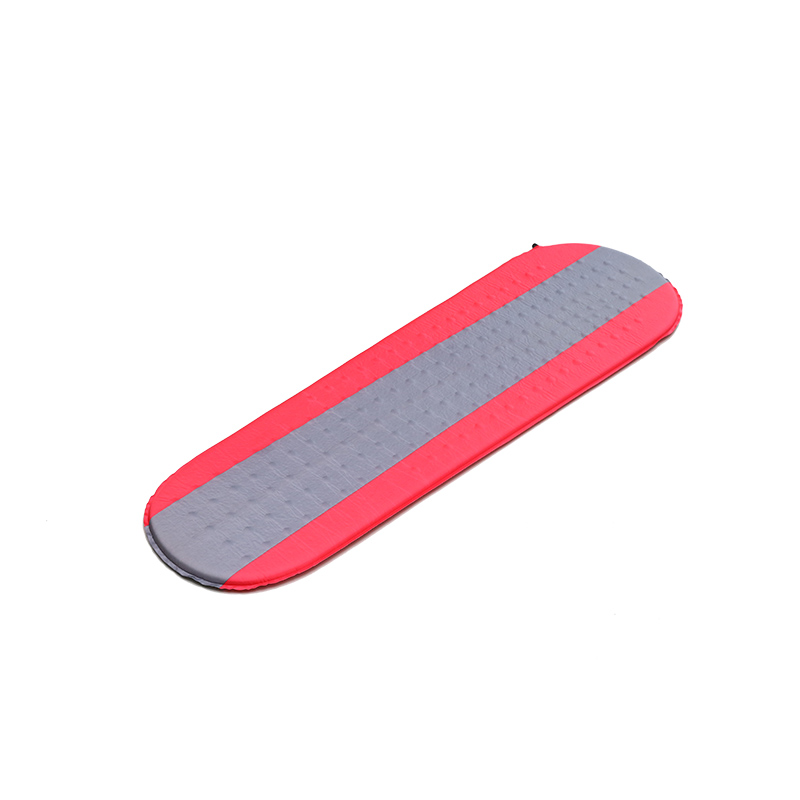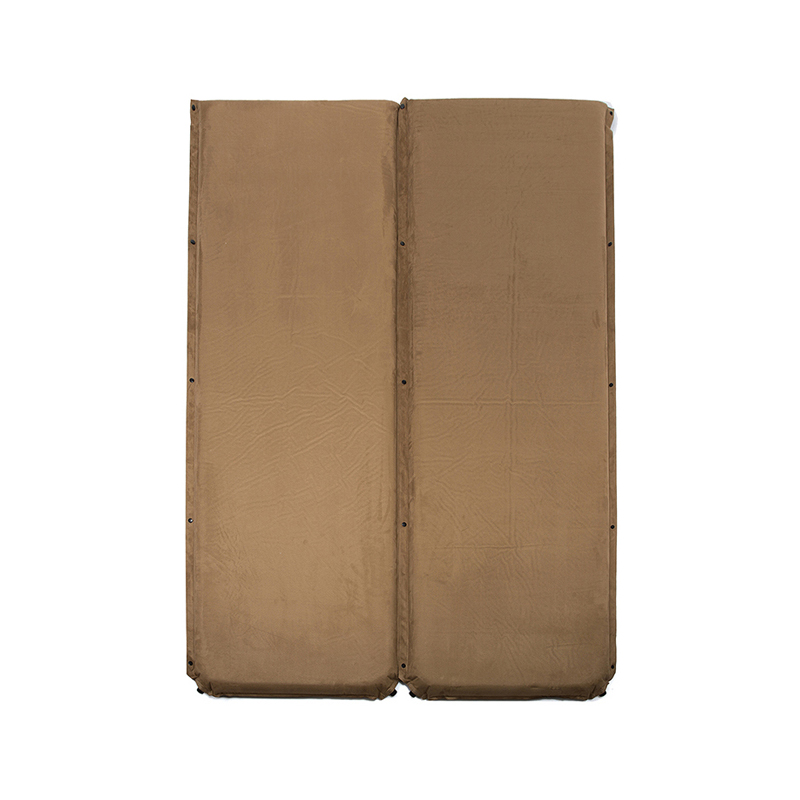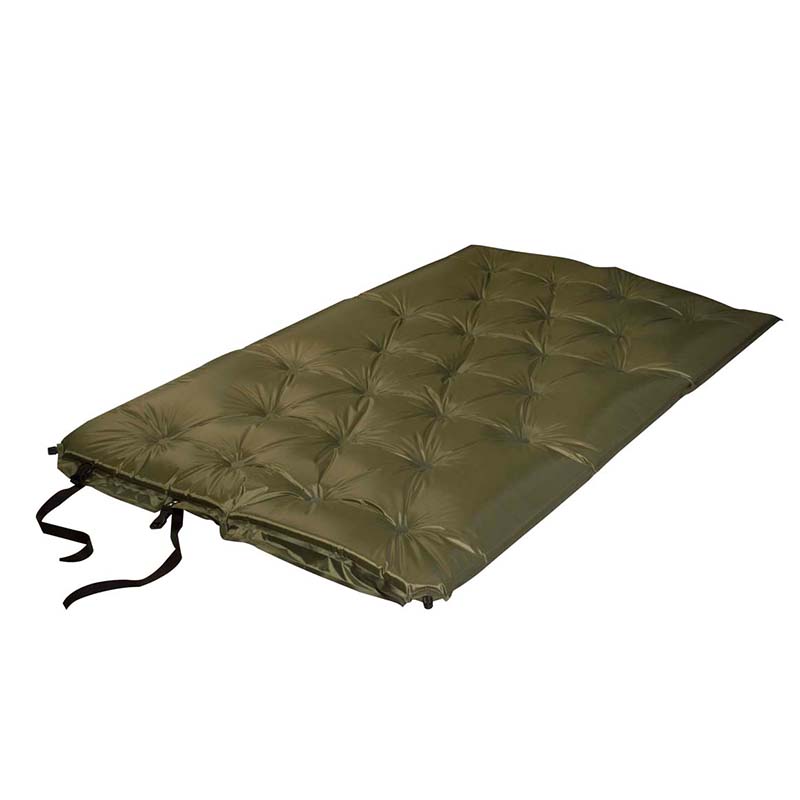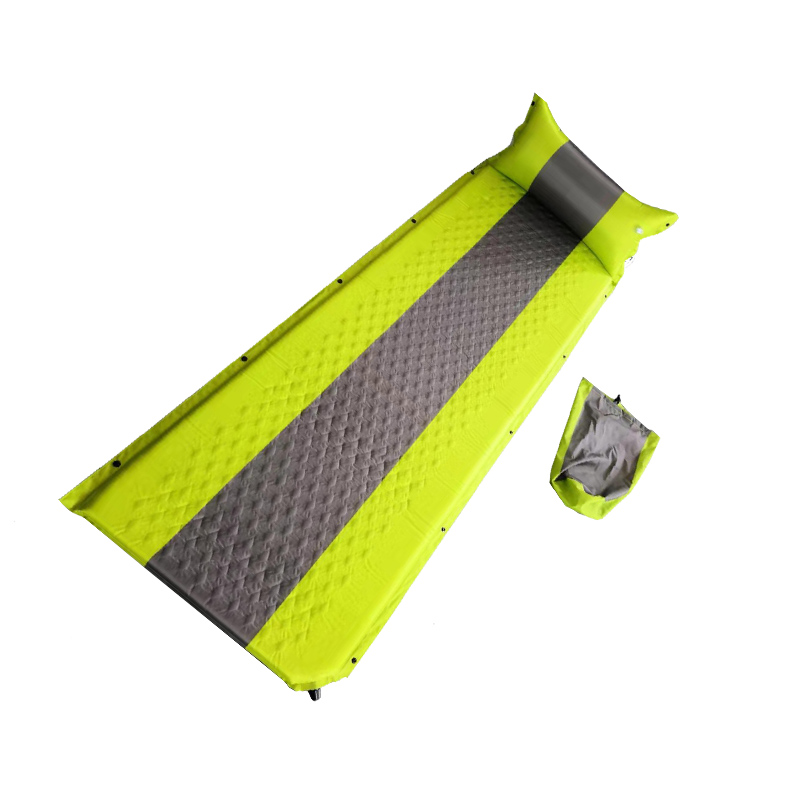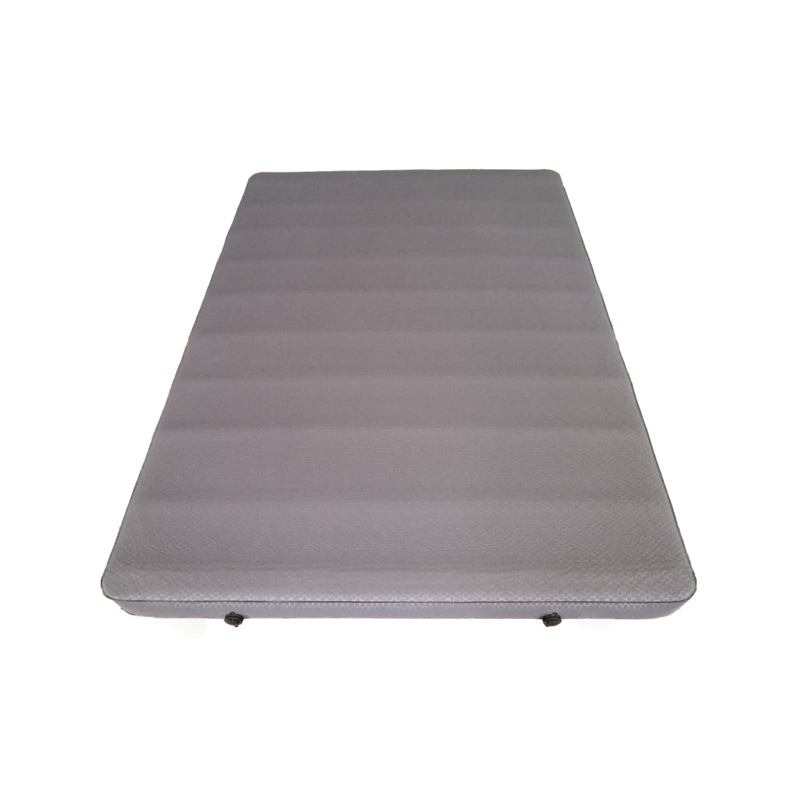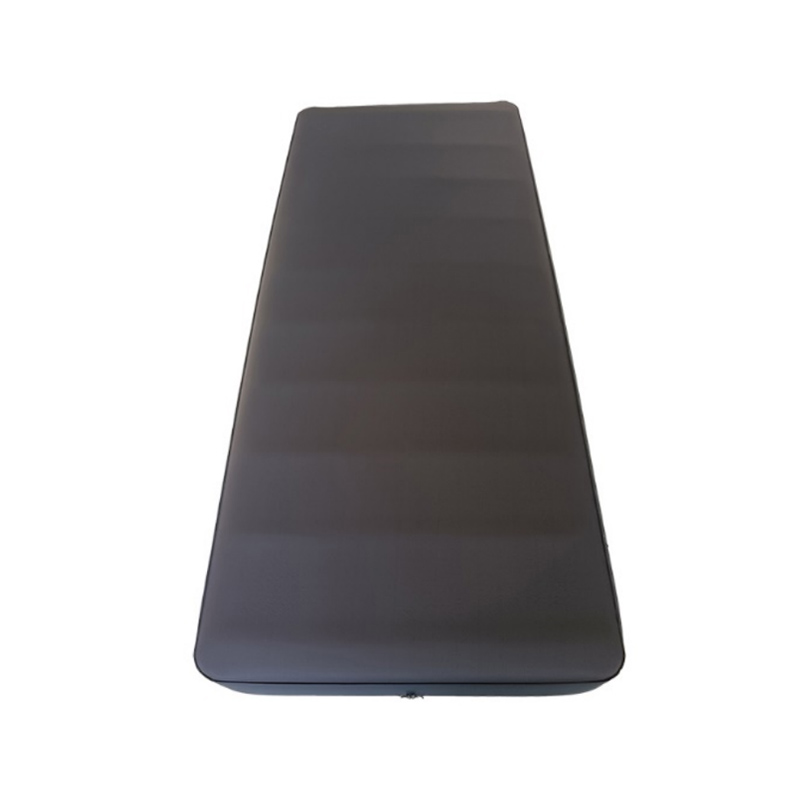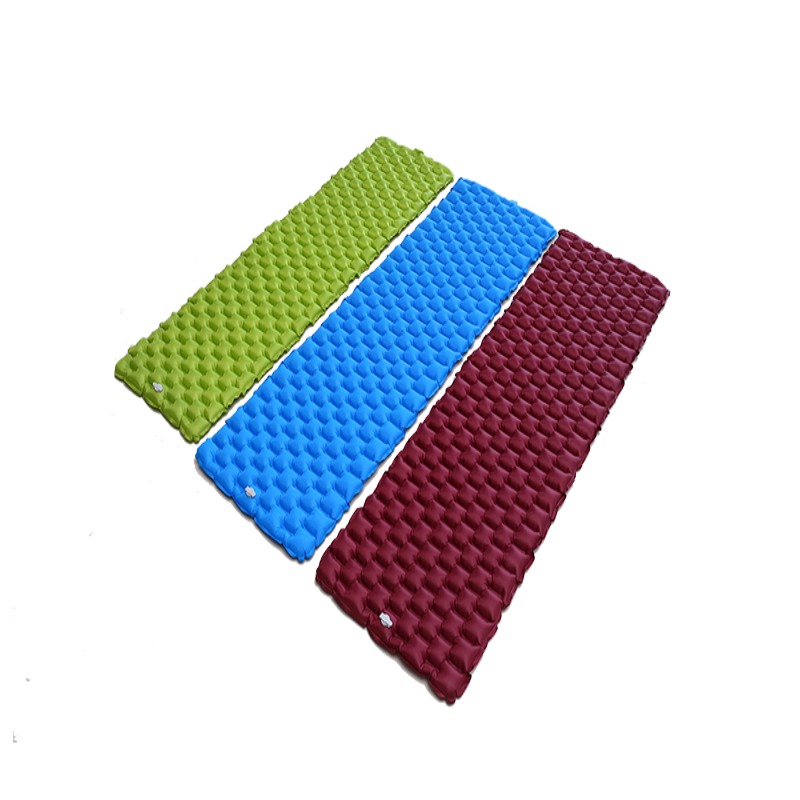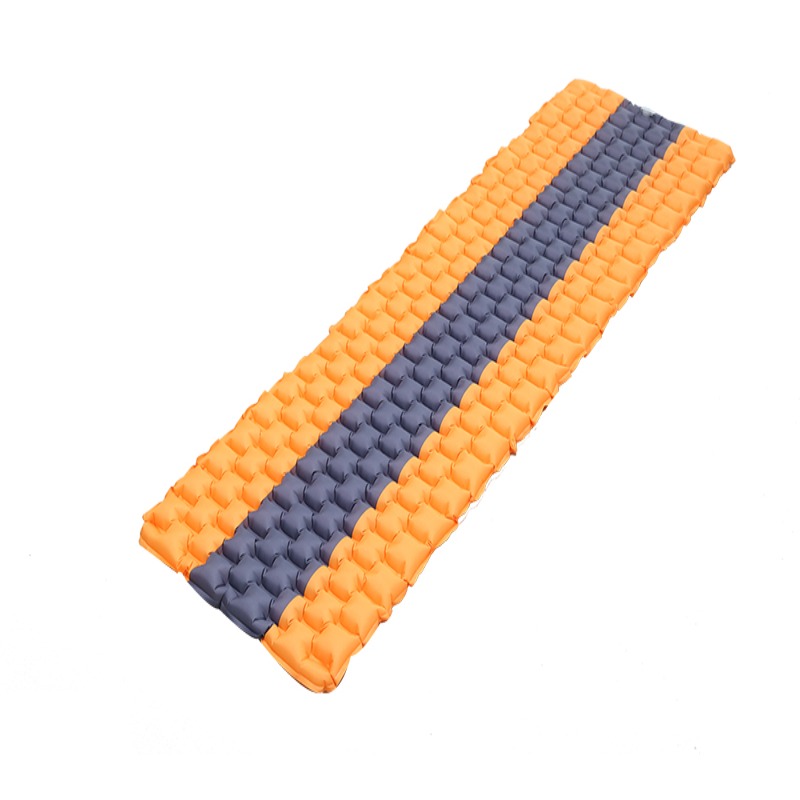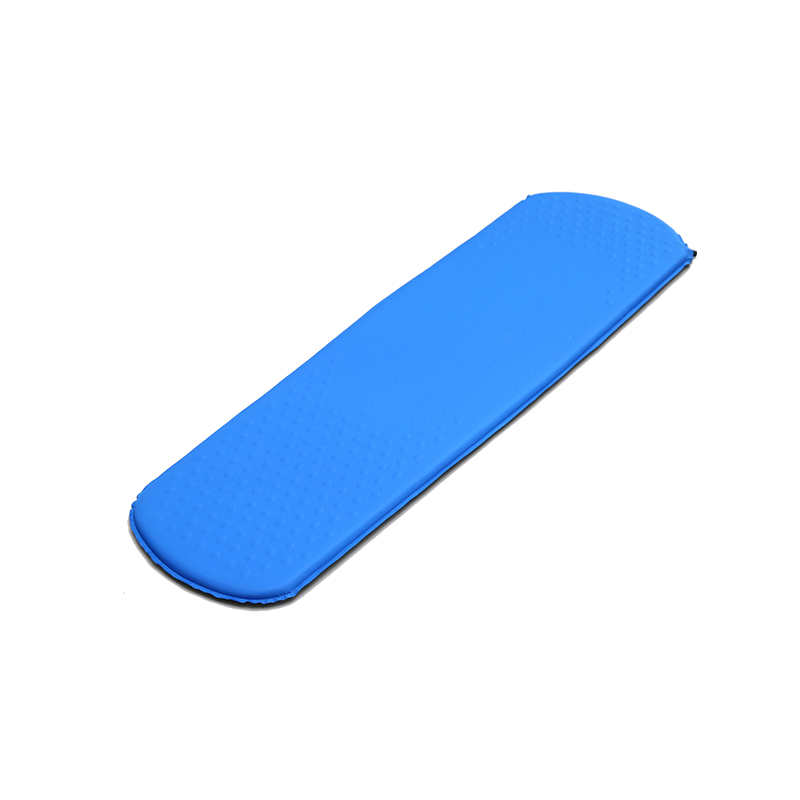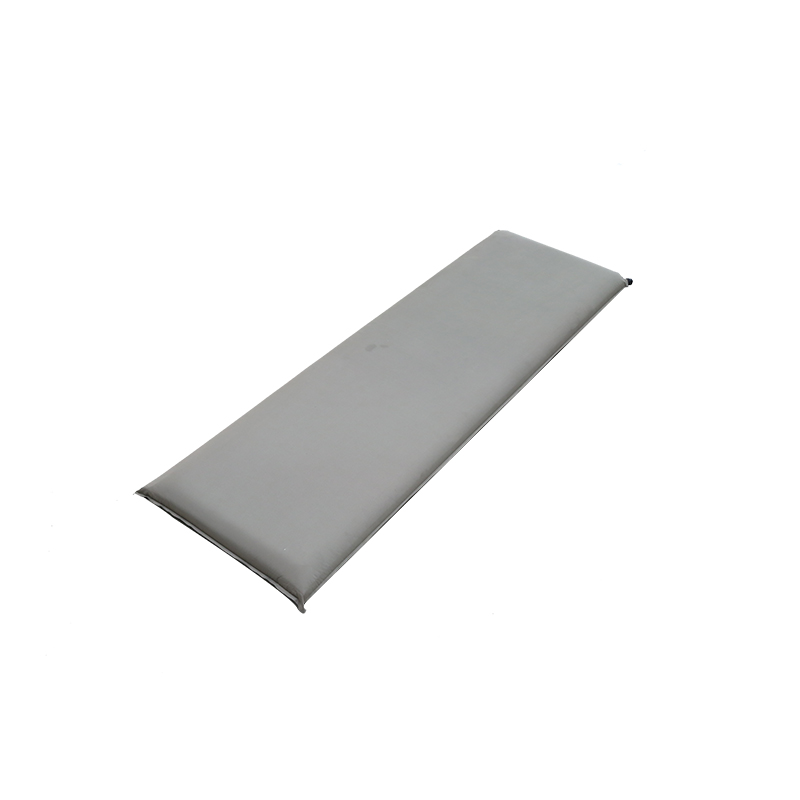Campsite selection is very particular
1. Choose to be close to streams, lakes, and rivers to get water. But it is also not possible to tie the camp on the beach or beside the stream.
2. When camping in the wild, you must consider the issue of leeward wind, especially in some valleys and river beaches, you should choose a place leeward to camp.
3. When setting up a camp, you can't put the camp under the cliff, it is very dangerous.
4. If the camp is close to the village, you can ask the villagers for help if there is any emergency. This is even more important when there is no firewood, vegetables, food, etc.
5. If it is a camp where you need to live for more than two days, you should choose a shady place to camp in good weather, so that if you rest during the day, the tent will not be too hot.
6. In the rainy season or areas with heavy thunder and lightning, the camp must not be anchored on high ground, under high trees or relatively isolated flat ground.
Camp construction is very important
Four basic principles for the selection of campsites:
Water supply, flat camp, leeward and shady, away from danger
The four basic areas of campsite construction:
Tent camping area, fire dining area, water intake area, sanitation area
Choose a camp site
Leveling the site: clean up the selected tent area, remove stones, shrubs and other uneven, thorny, or sharp objects. The uneven areas can be filled with soil or grass.
Site Zoning: A well-equipped campsite should be divided into tent camping area, fire area, dining area, entertainment area, water area (washing), sanitation area and other areas.
Camping site: The fire area should be downwind, and the distance from the tent area should be more than 10-15 meters, and the tent should be burned with a fire star.
Dining area: Use a fire area nearby for cooking and dining.
Recreation area: The downwind of the dining area should prevent dust from contaminating tableware and other things, and the distance from the tent area should be 15-20 meters to reduce the impact on the companions who go to bed early.
Sanitary area: Keep a certain distance from the dining area and activity area at the downwind of the camping area.
Water use area: There should be two upper and lower sections on the stream and the river, the upper section is the edible and drinking water area, and the lower section is the domestic water area.
Pay attention to the layout of the tent:
1. All tents should be in the same direction, that is, the tent doors should be opened in the same direction and arranged side by side.
2. Keep a distance of no less than 1 meter between the tents, and try not to tie the wind-proof rope of the tent when it is not necessary to avoid tripping people.
3. When necessary, a cordon should be set up. You can draw a circle around the tent area with lime, tar and other irritating substances outside the tent area, so as to prevent snakes and other reptiles from intruding. Or use electronic alarm systems and other methods.

 简体中文
简体中文 English
English 日本語
日本語 Español
Español Deutsch
Deutsch